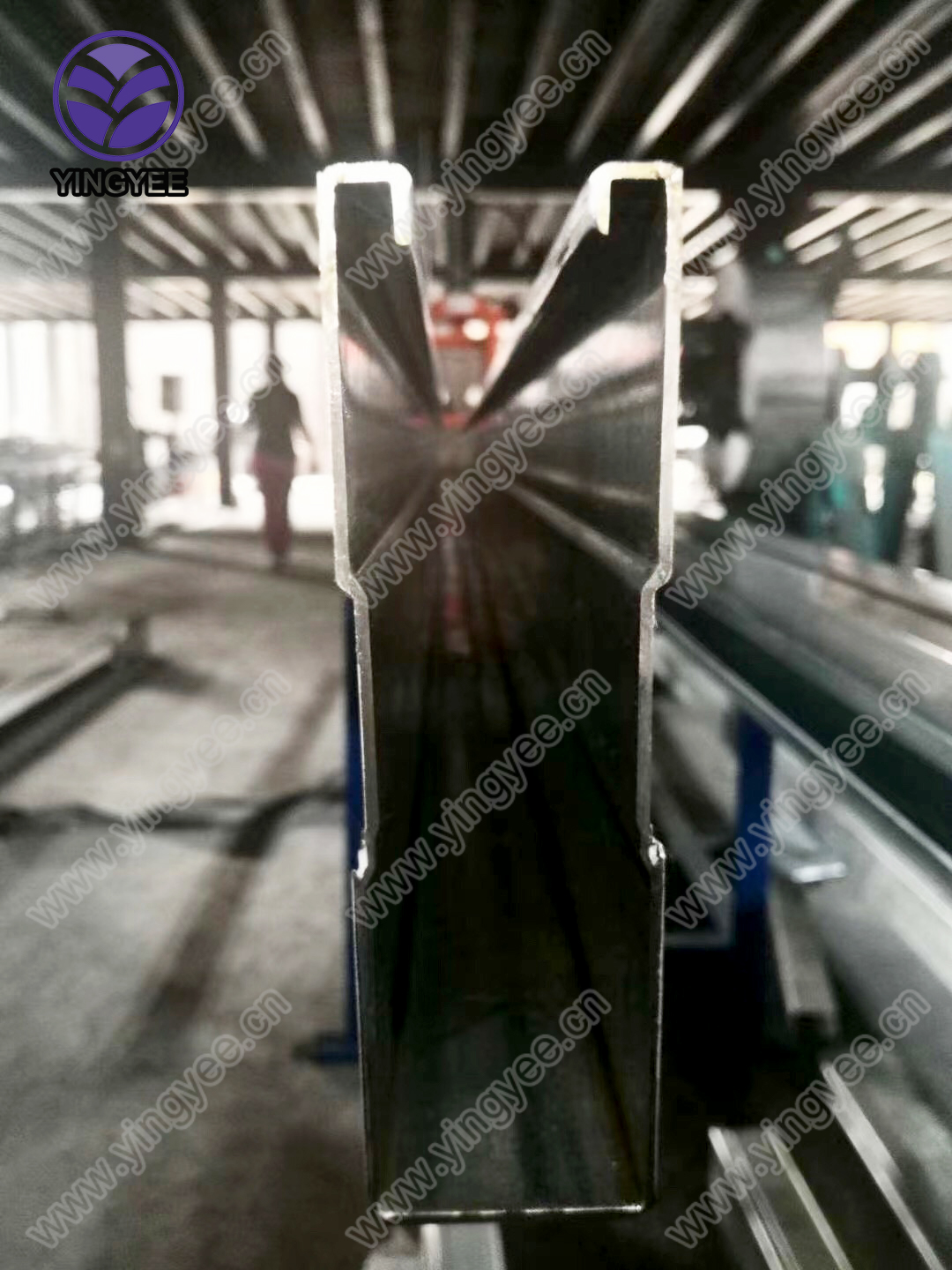
The Evolution of Plate Bending Machines Innovations and Applications
Plate bending machines have become indispensable tools in the metalworking industry, providing precision and efficiency for various applications. Their primary role is to curve or bend metal plates into specific shapes, which are crucial in manufacturing processes across many sectors, including construction, automotive, aerospace, and shipbuilding. This article explores the evolution of plate bending machines, the innovations that have emerged, and their wide-ranging applications.
Historically, plate bending machines have undergone significant transformations. The earliest machines were manually operated and rely heavily on the strength of the workers for bending plates. Over the years, these machines transitioned from mechanical systems to hydraulic ones, enabling greater force application and precision in bending processes. Modern plate bending machines now utilize advanced technology, including computer numerical control (CNC), allowing for enhanced accuracy and repeatability in production.
CNC plate bending machines have revolutionized the industry by integrating automation and digital control. Operators can input precise specifications into a computer system, which then directs the machine to bend metal plates accordingly. This level of control significantly reduces human error, minimizes waste, and increases overall productivity. Furthermore, these machines can be programmed for various bending shapes, such as cylinders, cones, and complex curves, broadening their applicability.
One of the most notable innovations in plate bending technology is the introduction of hybrid machines, which combine hydraulic and mechanical bending processes. Hybrid machines provide the best of both worlds, boasting the power and speed of hydraulics with the precision of mechanical systems. This development has led to faster production times and the ability to handle thicker materials while maintaining a high degree of accuracy.

In terms of applications, plate bending machines are pivotal in numerous industries. In the construction sector, they are used to create structures such as curved beams and frames, adding architectural aesthetics and strength to buildings. In the automotive industry, plate bending machines facilitate the manufacture of components such as exhaust systems, chassis, and body panels, which require precise bends to meet safety and performance standards.
The aerospace industry also benefits greatly from these machines, as they produce parts that require stringent tolerances and lightweight constructions. Plates are often bent into specific shapes for aircraft components, ensuring both aerodynamics and integrity. Similarly, shipbuilding relies on plate bending machines for creating hulls and decks, essential for the structural integrity of vessels.
Moreover, the rise of sustainable practices in manufacturing has influenced the design of modern plate bending machines. Manufacturers are increasingly focused on energy efficiency, selecting components that reduce power consumption without compromising performance. Additionally, some machines are designed to operate with minimal waste generation, promoting environmentally friendly practices.
As industries continue to innovate and evolve, so too will the technology behind plate bending machines. Future advancements may include the integration of artificial intelligence and machine learning algorithms that can analyze data in real time, optimizing bends and predicting maintenance needs before issues arise. Such innovations will further enhance productivity and reliability in production processes.
In conclusion, plate bending machines have seen remarkable advancements since their inception. From manual operation to fully automated CNC machines, the evolution of this technology has significantly impacted various industries. As manufacturers continue to seek efficiencies and precision, we can expect ongoing innovations that will shape the future of plate bending, further streamlining production processes and expanding the range of applications. Whether in construction, automotive, aerospace, or shipbuilding, the importance of plate bending machines cannot be overstated, making them a cornerstone of modern manufacturing.